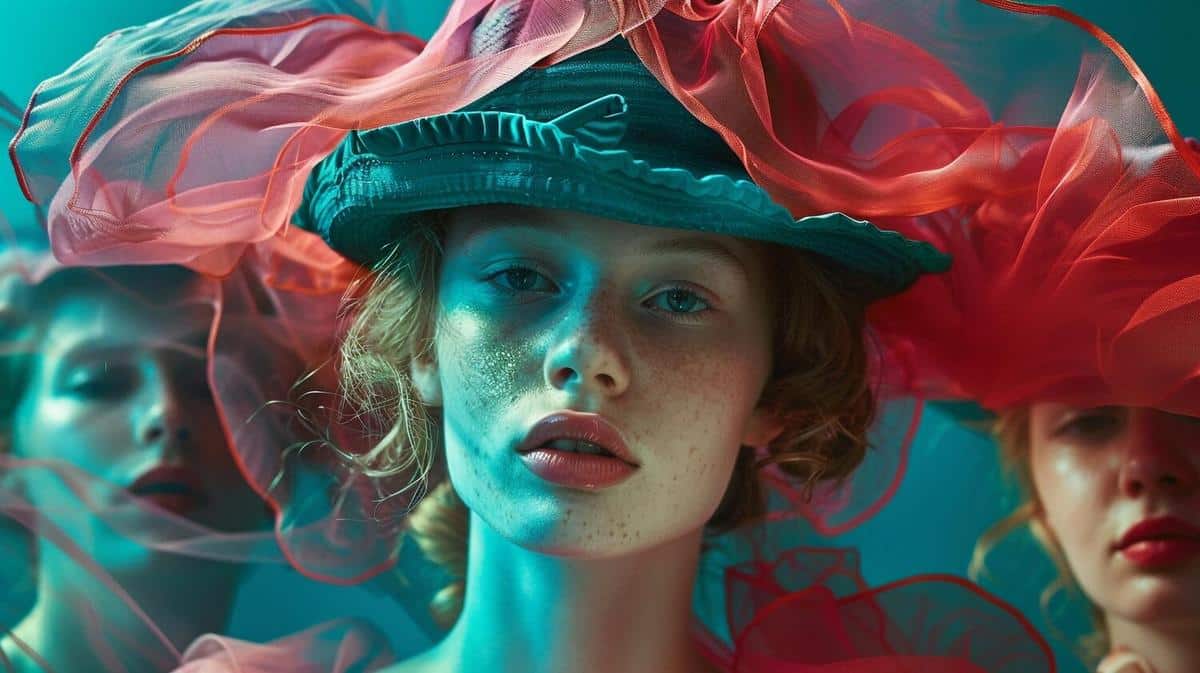
Exploring AI in Art: Can Machines Create True Masterpieces?
Artificial Intelligence (AI) has increasingly permeated various aspects of our lives, and art is no exception. As AI continues to evolve, a pertinent question arises: can machines create true masterpieces, or does the essence of art inherently require a human touch? This intriguing discussion opens up a world of possibilities and challenges in the realm of digital art innovations.
Artificial Intelligence’s role in art creation is a topic of much debate and exploration. With AI tools becoming more sophisticated, the line between human and machine-created art is blurring. But can AI truly replicate the creativity and emotion that human artists bring to their work?
AI and Artistic Expression
AI has been used to create art that ranges from simple patterns to complex, evocative pieces. Programs like DeepArt and RunwayML utilize algorithms to analyze and mimic the styles of renowned artists, producing works that are strikingly similar in appearance. However, the question remains—does similarity in style equate to true artistic expression?
Expert Opinions
Art historians and technologists have weighed in on this debate. Dr. Ahmed Elgammal, a professor at Rutgers University, argues that while AI can create visually compelling art, it lacks the intentionality and context that humans provide. “Art is not just about aesthetics; it’s about conveying a message and evoking emotions,” he notes.
Statistics and Research
A study published in the journal ‘Computers in Human Behavior’ found that 70% of respondents could not distinguish between AI-generated art and human-made art in a blind test. This statistic underscores the capability of AI to replicate artistic styles, yet it also highlights the challenge of understanding the underlying intent.
Personal Anecdotes
Consider the case of Tom, a digital artist who integrates AI into his creative process. He uses AI to generate initial concepts, which he then refines to infuse his personal touch. Tom believes that AI serves as a collaborative partner, enhancing rather than replacing his creativity.
Actionable Tips
- Explore AI tools like DeepArt or ArtBreeder to experiment with digital art creation.
- Blend AI-generated concepts with your own ideas to create unique pieces.
- Stay informed about the latest AI trends in art by following platforms dedicated to digital art innovations.
The Future of AI in Art
The potential for AI in art is vast, yet it raises questions about authorship and originality. As AI continues to evolve, artists and technologists alike must navigate the ethical implications of machine-generated creativity.
Conclusion
As we continue to explore AI’s capabilities in the art world, the debate over whether machines can create true masterpieces remains open. While AI can produce aesthetically pleasing works, the essence of art—its ability to convey complex emotions and ideas—may still be a uniquely human trait. Nevertheless, AI’s role as a tool for enhancing creativity is undeniable, offering artists new avenues for exploration and expression.
FAQs
Can AI create original art?
AI can generate art that is visually compelling, but it often relies on existing styles and patterns, which raises questions about originality.
What tools are available for AI art creation?
There are several tools like DeepArt, RunwayML, and ArtBreeder that allow artists to experiment with AI-generated art.
Is AI art considered “real” art?
This is subjective and depends on one’s definition of art. While AI art can be aesthetically pleasing, it often lacks the intentionality and emotion associated with human-created art.